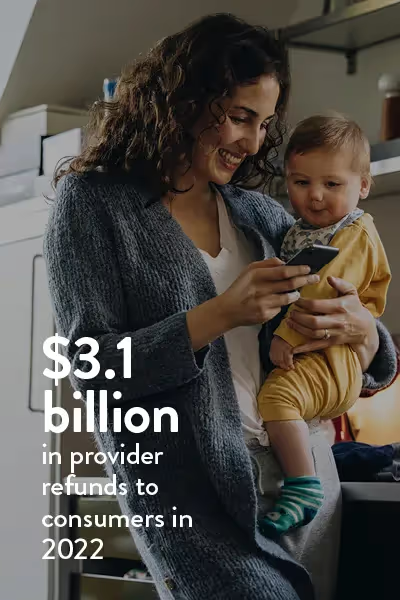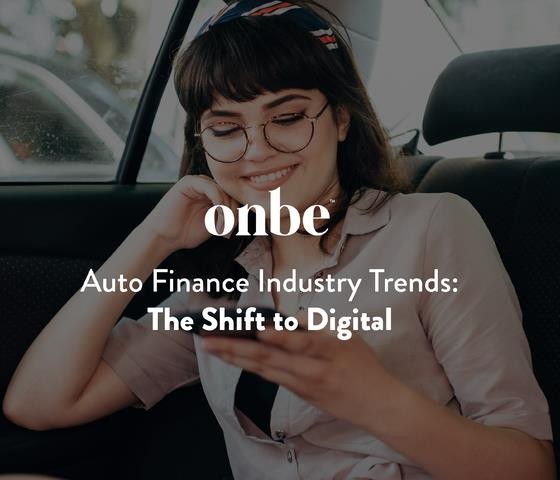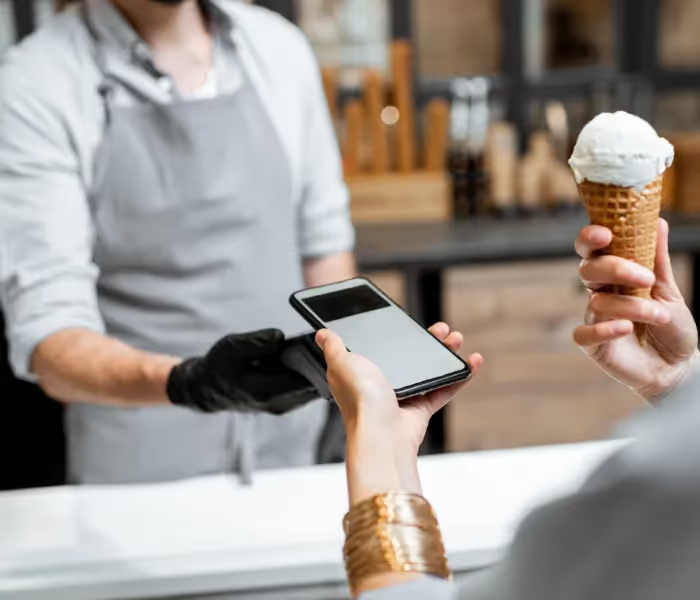How Healthcare Organizations Can Evolve Their Payment Strategy and Improve Recipient Satisfaction
Discover how healthcare organizations can revolutionize their payment strategies to improve recipient satisfaction and improve operational efficiency.

By: Tony McGee, Senior Director, Market Management
Going to the doctor (and paying for it) can be a stressful experience. So, when patients are owed a payment—whether it’s a medical refund, Medical Loss Ratio (MLR) rebate, or wellness incentive—healthcare payers and providers should do their part to ensure the experience goes smoothly.
For most consumers, smooth means digital. According to McKinsey & Company, 89 percent of Americans use digital payments, and they seek new ways that modern payment options can make their lives easier. By adopting digital-first solutions for making payments at scale, healthcare organizations can streamline their back-of-house payment processes while delivering faster, more convenient and secure recipient experiences.
Improving the Healthcare Refund Experience
Patient refunds are on the rise, totaling $3.1 billion in 2022. The biggest reason is that healthcare billing is fraught with complexity, making errors commonplace. If healthcare organizations incorrectly estimate the patient’s responsibility, they must provide a refund following the insurer’s adjustment.
But for many healthcare organizations, the medical refund process creates even more room for error. 74 percent of patient refunds are sent by check, according to advisory group Aite-Novarica. Checks can cause friction for recipients if the payment is delivered to the wrong address, lost or stolen, or if the recipient is unbanked. For organizations, checks are an especially costly way to issue a high volume of payments, with each costing anywhere from $3 to 12 dollars when all expenses—from administrative labor to postage—are factored in. And if recipients don’t cash their refunds, the healthcare organization is responsible for escheatment, the process of turning over unclaimed property to the state.
Offering digital payment options alongside checks is not only more expedient and cost-effective but provides a better customer experience and helps to reduce the instances of unclaimed funds. Going digital is also a chance to curtail check fraud, which leads to billions in losses every year. 63 percent of consumers believe digital payments are more secure, according to Onbe’s 2023 Future of Payments survey. Providing choices such as virtual or physical prepaid cards, push to debit—and, yes, traditional checks or ACH for those who want them—lets patients choose the refund method that works best for them.
Encouraging New Behaviors with Wellness Incentives
With healthcare costs on the rise, driving healthier behavior—whether it’s scheduling an annual wellness checkup, getting vaccinated, or exercising more—has become a priority for everyone from healthcare payers to public health organizations. In 2022, less than half of large firms offering health and wellness programs said their programs were effective at improving the health and well-being of enrollees, according to the Kaiser Family Foundation. But just 40 percent of large firms paid workers an incentive to encourage healthy behaviors, suggesting that more could be done to help program participants prioritize their health.
Findings on the role of incentives in health plans suggest that not only are rewards crucial to improving healthcare outcomes, but they work best when they offer value beyond the dollar value of the incentive. That includes letting recipients “shop” for their preferred incentive choice. When organizations ranging from employers to healthcare payers want to encourage healthy behaviors, creating incentive experiences that offer payment choice, instant gratification, and a seamless, digital-first experience could help improve participant engagement and retention. Especially now that many consumers prefer to use payment apps and mobile wallets, adding more options for participants to access and spend their incentives could help drive program success.
Overcoming Barriers to Payment Choice
When handling billing and collections, most healthcare organizations are equipped to accept digital payments. But when paying patients and customers, these same organizations typically lack the technology and infrastructure they need to meet diverse payment preferences. That’s where partnering with a fintech can help with the heavy lifting. By partnering with a payments expert, healthcare organizations can offer a better experience for recipients while removing the burden from back-office staff. They can save money on check processing, hand off the risk and responsibility of managing unclaimed property, and reduce the risk of payment fraud by taking advantage of the latest intelligent monitoring solutions in the industry. And they can deliver innovative payment experiences that increase recipient satisfaction, drive healthy behaviors, and give recipients the power to choose their preferred payment method.
The healthcare landscape is unlikely to become less complex anytime soon. But partnering with a fintech that specializes in handling payouts can help to simplify one piece of the puzzle: delivering positive payment experiences for both your recipients and your team.
To learn more, view our fact sheet, 5 Things to Know About Patient Refunds.
Suggested Posts
Talk to a payment expert
Ready to learn more? Let's connect to discuss our payout options.











